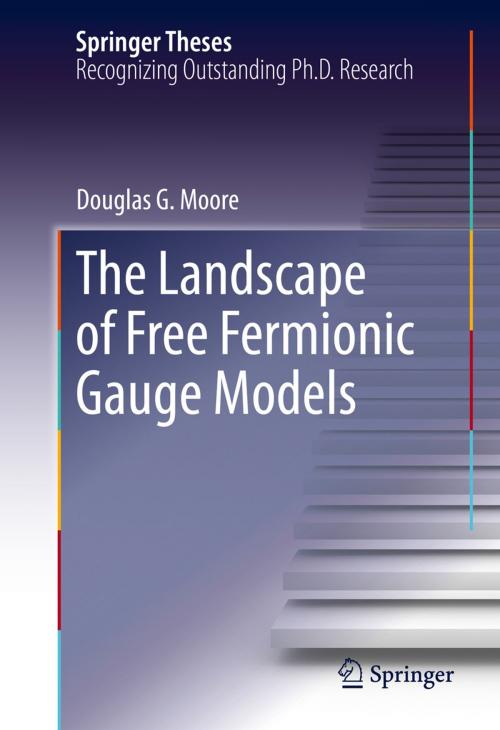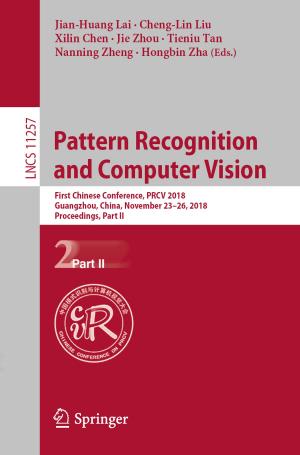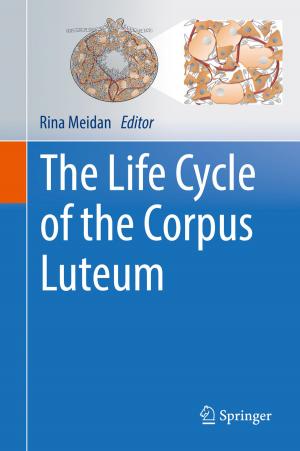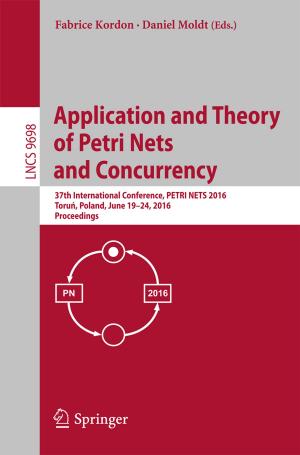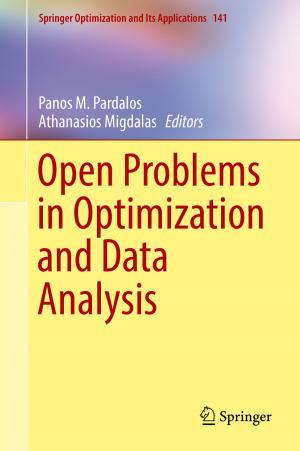The Landscape of Free Fermionic Gauge Models
Nonfiction, Science & Nature, Science, Physics, Nuclear Physics, Quantum Theory| Author: | Douglas G. Moore | ISBN: | 9783319246185 |
| Publisher: | Springer International Publishing | Publication: | February 3, 2016 |
| Imprint: | Springer | Language: | English |
| Author: | Douglas G. Moore |
| ISBN: | 9783319246185 |
| Publisher: | Springer International Publishing |
| Publication: | February 3, 2016 |
| Imprint: | Springer |
| Language: | English |
In this thesis, the author describes the development of a software framework to systematically construct a particular class of weakly coupled free fermionic heterotic string models, dubbed gauge models. In their purest form, these models are maximally supersymmetric (N = 4), and thus only contain superpartners in their matter sector. This feature makes their systematic construction particularly efficient, and they are thus useful in their simplicity. The thesis first provides a brisk introduction to heterotic strings and the spin-structure construction of free fermionic models. Three systematic surveys are then presented, and it is conjectured that these surveys are exhaustive modulo redundancies. Finally, the author presents a collection of metaheuristic algorithms for searching the landscape for models with a user-specified spectrum of phenomenological properties, e.g. gauge group and number of spacetime supersymmetries. Such algorithms provide the groundwork for extended generic free fermionic surveys.
In this thesis, the author describes the development of a software framework to systematically construct a particular class of weakly coupled free fermionic heterotic string models, dubbed gauge models. In their purest form, these models are maximally supersymmetric (N = 4), and thus only contain superpartners in their matter sector. This feature makes their systematic construction particularly efficient, and they are thus useful in their simplicity. The thesis first provides a brisk introduction to heterotic strings and the spin-structure construction of free fermionic models. Three systematic surveys are then presented, and it is conjectured that these surveys are exhaustive modulo redundancies. Finally, the author presents a collection of metaheuristic algorithms for searching the landscape for models with a user-specified spectrum of phenomenological properties, e.g. gauge group and number of spacetime supersymmetries. Such algorithms provide the groundwork for extended generic free fermionic surveys.
